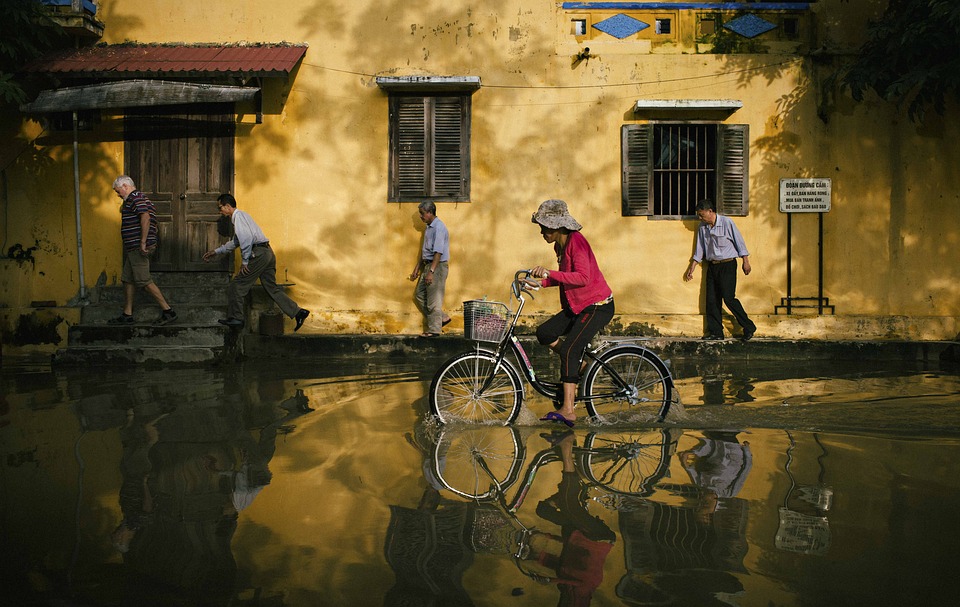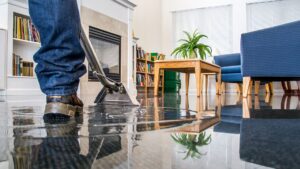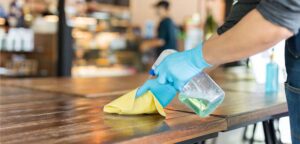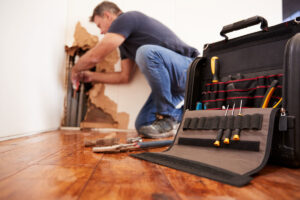
28 Apr Top Techniques for Efficient Flood Damage Repair and Water Damage Restoration
Table of Contents
- Introduction
- Damage Assessment
- Water Removal
- Drying and Dehumidification
- Cleaning and Sanitizing
- Repair and Restoration
- Prevention Measures
- Conclusion
- Key Takeaways
- FAQ Section
Introduction
Flood damage repair and water damage restoration are critical processes that need to be undertaken promptly to mitigate the adverse effects of water intrusion into homes or commercial properties. With climate change causing more frequent and severe weather events, understanding efficient techniques for handling flood damage is more relevant than ever.
This article will delve into the top techniques for efficient flood damage repair and water damage restoration. We will explore each step in detail, from initial assessment to preventive measures, ensuring you have a comprehensive guide to manage such unfortunate events effectively.
Damage Assessment
Initial Inspection
The first step in addressing flood damage is conducting a thorough initial inspection. This involves assessing the extent of the water intrusion and identifying affected areas. Professional inspectors use specialized tools like moisture meters and infrared cameras to detect hidden moisture pockets.
Documentation
Documenting the damage is crucial for insurance claims. Take photographs and videos of all affected areas and keep detailed notes on the extent of the damage. This documentation will be invaluable when filing an insurance claim.
Water Removal
Pumping Out Water
The next step is to remove standing water from the property. Submersible pumps and wet vacuums are commonly used for this purpose. It’s essential to act quickly to prevent further damage and mold growth.
Using Extractors
For smaller areas or hard-to-reach places, portable extractors can be highly effective. These devices are designed to remove water from carpets, upholstery, and other surfaces efficiently.
Drying and Dehumidification
Air Movers
Once the water is removed, the drying process begins. Air movers are powerful fans that circulate air throughout the affected area, speeding up the evaporation process. Proper placement of air movers is crucial for effective drying.
Dehumidifiers
Dehumidifiers play a vital role in removing excess moisture from the air. Industrial-grade dehumidifiers are often used in conjunction with air movers to ensure thorough drying. This step helps prevent mold growth and structural damage.
Cleaning and Sanitizing
Disinfecting Surfaces
After drying, it’s essential to clean and disinfect all affected surfaces. Use EPA-approved disinfectants to kill bacteria, viruses, and mold spores. Pay special attention to porous materials like carpets and upholstery.
Odor Removal
Floods can leave behind unpleasant odors that linger even after cleaning. Odor removal techniques such as ozone treatment or hydroxyl generators can help eliminate these smells effectively.
Repair and Restoration
Structural Repairs
Depending on the severity of the damage, structural repairs may be necessary. This could involve replacing drywall, flooring, or even entire sections of a building. Hiring professionals with experience in flood damage repair ensures quality workmanship.
FEMA Guide on Structural Repairs
Restoring Personal Belongings
Personal belongings such as furniture, electronics, and important documents can often be restored if addressed promptly. Specialized services exist for restoring items damaged by water.
Prevention Measures
Installing Sump Pumps
Sump pumps are effective at preventing basement flooding by automatically pumping out water that accumulates in a sump basin. Regular maintenance ensures they function correctly during heavy rains.
Sealing Cracks and Gaps
Inspect your property for cracks in walls, floors, or foundations where water can seep through. Use waterproof sealants to fill these gaps and prevent future water intrusion.
Conclusion
Efficient flood damage repair and water damage restoration require prompt action, proper techniques, and professional expertise. By following the steps outlined in this article, you can minimize damage, restore your property, and prevent future incidents. Remember, preparedness is key, so take preventive measures seriously.
Key Takeaways
- Conduct a thorough initial inspection using specialized tools.
- Document all damages for insurance claims.
- Remove standing water promptly using submersible pumps or wet vacuums.
- Use air movers and dehumidifiers for thorough drying.
- Clean, disinfect, and deodorize all affected areas.
- Perform necessary structural repairs with professional help.
- Implement preventive measures like installing sump pumps and sealing cracks.
- Stay informed about flood risks in your area.
FAQ Section
- What should I do immediately after a flood?
First, ensure your safety by turning off electricity if it’s safe to do so. Then, document the damage with photos or videos before starting any cleanup process. Contact your insurance company as soon as possible. - How long does it take to dry out a flooded house?
The drying process can take anywhere from several days to weeks, depending on the extent of the flooding, humidity levels, and how quickly you begin remediation efforts. Using professional equipment like industrial dehumidifiers can speed up this process significantly. - Can I stay in my home during water damage restoration?
It depends on the extent of the damage. For minor issues, you might be able to stay in your home while repairs are ongoing. However, for severe flooding that affects structural integrity or poses health risks, it’s safer to find temporary accommodation. - Is mold always a concern after flooding?
Yes, mold can start growing within 24 -48 hours after flooding if not properly addressed. Thorough drying, cleaning, and disinfecting are essential steps to prevent mold growth. If mold is already present, consider hiring professionals for safe removal. - Can personal belongings be saved after a flood?
Many personal belongings can be restored if addressed promptly by professionals specializing in content cleaning services . Items like furniture,electronics,and important documents may still be salvageable depending on their condition post-flooding.
This article provides a comprehensive guide on efficient flood damage repair and water damage restoration. Key steps include initial damage assessment using specialized tools, thorough documentation for insurance claims, prompt water removal with submersible pumps or wet vacuums, and effective drying using air movers and dehumidifiers. Cleaning and sanitizing affected areas with EPA-approved disinfectants are crucial, along with odor removal techniques. Structural repairs should be handled by professionals and preventive measures like installing sump pumps and sealing cracks are essential. The article emphasizes the importance of preparedness and offers resources for further assistance, including links to FEMA and Red Cross guides.







Sorry, the comment form is closed at this time.